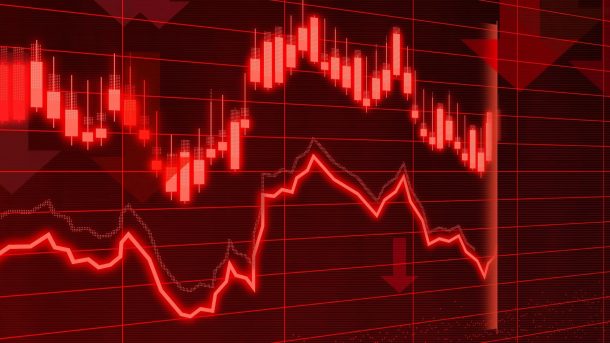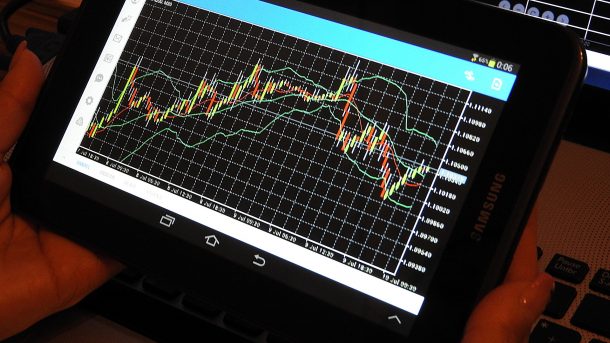As a trader, there are many compelling reasons why you need to trade stocks. Whether you’re looking to grow your portfolio or generate income, trading stocks can help you achieve your financial goals. Here are seven reasons why trading stocks is a smart move for traders.
Stocks can offer protection against inflation
Over time, the purchasing power of money declines due to inflation. It can erode the value of savings and fixed income investments, such as bonds. Stocks can offer some protection against inflation. When prices rise, companies typically raise their prices, which leads to higher profits and share prices.
In addition, many companies pay dividends, which provide a source of income that tends to increase with inflation. As a result, stocks can help preserve your investment portfolio’s purchasing power over the long term. For this reason, stocks are often considered a good hedge against inflation.
Stocks provide diversification
A critical aspect of investing is diversification, which means spreading your money across different asset classes to mitigate risk. While there are many ways to achieve diversification, one of the most common is to invest in stocks. When you purchase stocks, you become a partial owner of a company and are entitled to a portion of its profits.
There are thousands of stocks on the market, and investors who trade stocks can spread their money across different companies and fields. As stocks tend to be more volatile than other asset classes, they have a greater potential for providing higher returns over the long term compared to other assets. Combined with having a diversified portfolio, investors can minimize risk and maximise profit potential.
Stocks offer the potential for high capital gains
Another reason to invest in stocks is that they offer the potential for high capital gains. As mentioned, stocks can be quite volatile, with great market movements over the long term. When the price of a stock goes up, you can sell it for profit, and the capital gains you receive are taxed at a lower rate than other forms of income, such as interest.
Long-term capital gains are taxed even lower than short-term capital gains. As such, stocks can be a great way to generate tax-efficient profits all throughout your life.
Stocks can provide income through dividends
In addition to capital gains, stocks can also provide income through dividends. Dividends are payments made by companies to their shareholders out of their profits. They can be paid in cash or shares of stock.
Dividends provide a source of income that can help offset any losses incurred from selling stocks at a lower price than you paid for them. In addition, many investors reinvest their dividends, leading to even higher returns over time.
Stocks are liquid
Stocks are liquid, which means they are available in abundant volumes on the market. They can be quickly bought and sold, making them ideal for investors. High liquidity is favorable in trading as it allows traders to access their money quickly in an emergency. For example, if you invest in a stock and the price decreases, you can sell it immediately and use the proceeds to purchase another investment. This flexibility can help manage your overall investment portfolio.
Stocks are tangible assets
Houses and automobiles are the most common assets that come to mind. However, intangible assets, such as stocks and bonds can be just as valuable. A stock is a share in the ownership of a company, and it represents a claim on the company’s assets and profits. Unlike tangible assets, stocks can also be bought and sold fairly quickly and easily.
As a result, stocks are an essential part of many people’s portfolios. Although the value of stocks can go up and down in the short term, over the long term, they have consistently outperformed other asset classes, such as bonds and gold. Many financial advisers recommend that people invest a portion of their portfolios in stocks.
You don’t have to be a maestro to trade equities effectively
Although you may not need to be an expert to trade stocks successfully, knowing what you’re doing. Many resources help you learn about the stock market, including books, websites, and online courses. You can start trading stocks like a pro with some research and practice.









